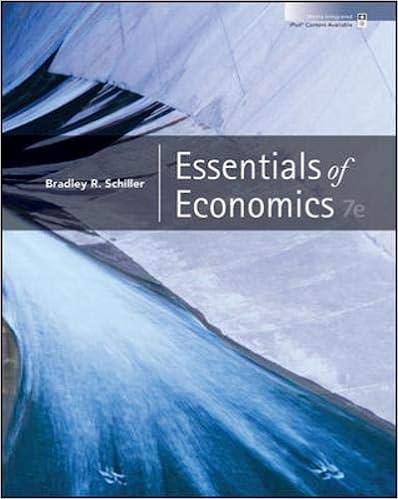This is not an incomplete question and does not require any additional information to be answered.
The working hours for people in developed countries has been steadily falling over time. In the US, for example, the number of hours per year worked by those who are employed has been steadily decreasing. The number of hours spent working by employed Europeans is smaller. The proportion of the US population employed has also been steadily decreasing. Suppose two economists are trying to offer explanations for such trends. One economist argues that wages have been increasing, so that people have responded by working less. The other economist argues that wages have been decreasing, and people have responded by working less. We now explore these two explanations. (a) The analysis of questions like this typically begins by constructing a model. Consider an average person who consumes leisure (L) and a consumption good ((3), maximizing the utility function U(c, L) subject to the budget constraint 0 = w(T 7 L) + I, or equivalently c + 10L = 111T + I, where w is the wage rate, T is total time available, and I is unearned income. Form the utility maximization problem for this person, then present the conditions you can use to derive the demand functions for c and L for the person. We cannot yet say anything specic without knowing more about the utility function, but we can get an idea of the issues involved. Write the (general form of the) Slutsky equation for this person. Under what conditions will leisure be a Giffen good, i.e., will an increase in the price of leisure (in) lead to an increase in the consumption of leisure (L)? In light your answer, could increasing wages explain why the employed are working fewer hours? Now suppose the utility function is given by U(c, L) = 2J5 + 2x/L. Once again formulate and solve the utilitymaximization problem and nd the demand functions 0* (w, 1, I) and L* (w, 1, I) Then for mulate the expenditure minimization problem and nd the compensated demand functions (2C (or, 1, m and L\" (w, 1, 6). Finally, combine these two demand functions to conrm that the Slutsky equation holds. (Caution: The nal step of conrming the Slatsky equation involves a lot of algebm and can be skipped if yon want.) (d) (e) (f) (9) Is leisure a Gien good? In this case, could increasing wages explain why the employed are working fewer hours? Let us take a brief diversion to compare this analysis with that of a consumer who is simply endowed with some income I and who maximizes the utility function U (331, 1132) subject to a budget constraint p131 +1)ng = I. Write the general form of the Slutsky equation for this case. Under what conditions will good 1 be an inferior good? Explain why one might expect it to be more likely that leisure is a Giffen good than some other good. We have assumed that the person chooses to work, and so we can say nothing about the choice of whether to be employed. Return to the utility function U(C,L) = 2\\/E + 2x/E. Suppose T = 100 and I = $36. Draw the budget constraint for the person. Find a wage suiciently large that at this wage, the person would choose to work, meaning that the person would choose a value of L satisfying L








